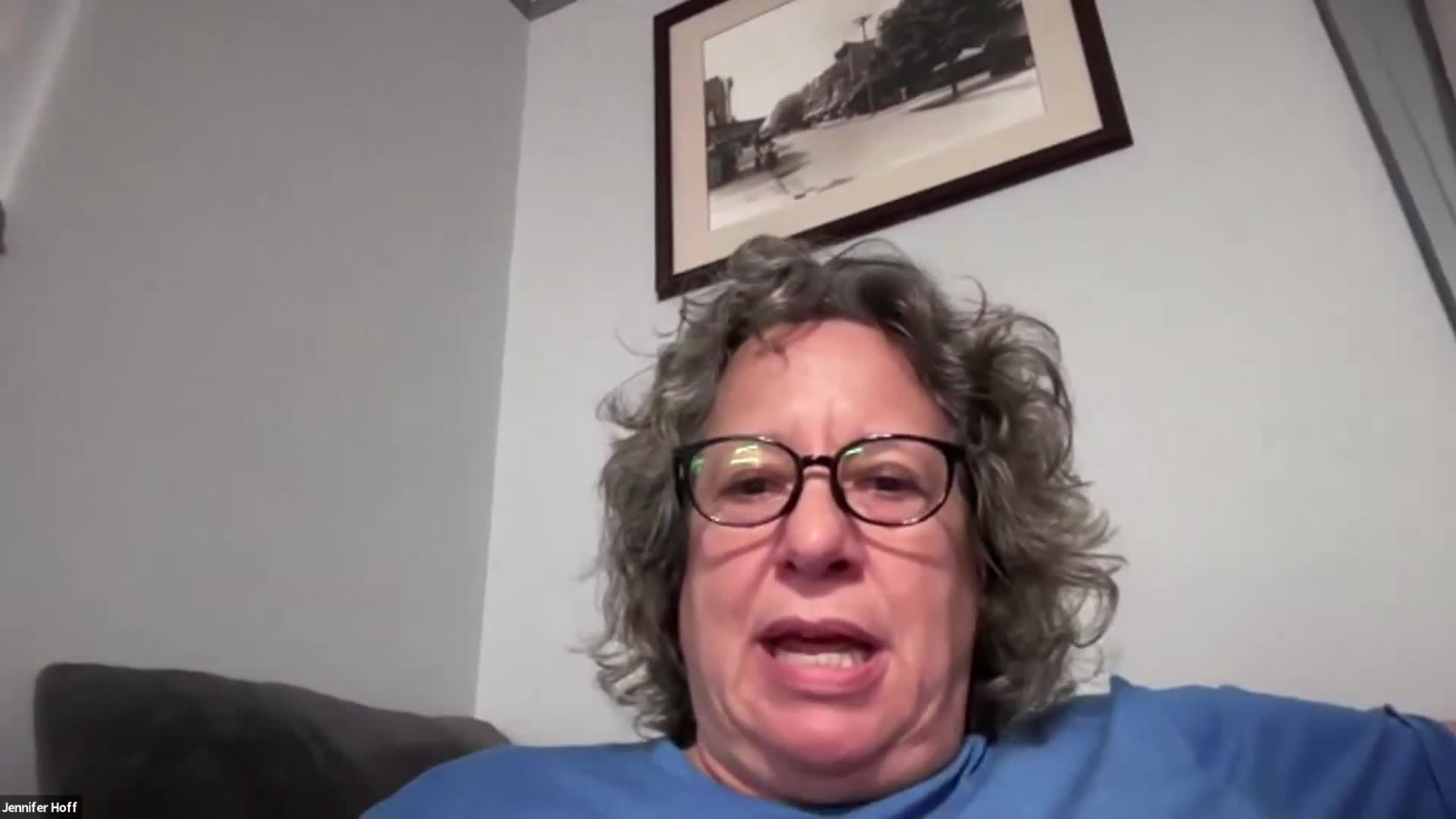Interim CFO warns school board of looming budget deficit and staffing crisis
June 27, 2025 | William Penn SD, School Districts, Pennsylvania
This article was created by AI summarizing key points discussed. AI makes mistakes, so for full details and context, please refer to the video of the full meeting. Please report any errors so we can fix them. Report an error »

In a tense Budget and Finance Committee meeting held on June 26, 2025, in Pennsylvania, school district officials grappled with the stark realities of a looming financial crisis. As the clock ticked past 1 PM, the atmosphere was charged with urgency as board members and financial advisors discussed the district's precarious budget situation.
David Zabowski, the interim Chief Financial Officer, delivered a sobering assessment of the district's financial health. With a history of managing budgets across various school districts, he expressed deep concern over the district's reliance on federal COVID-19 relief funds, which are set to expire. "The federal government came through with a lot of money... but that COVID money dried up in September," he warned, highlighting the impending budget deficit that could reach $140 million, surpassing the proposed $135 million.
The discussion turned to the implications of increasing the district's debt. Board members acknowledged that any additional borrowing would not only escalate the district's financial obligations but also lead to higher annual costs. "We can't forget that... it’s going to increase our debt and create another bill," one member noted, emphasizing the need for careful financial management.
As the meeting progressed, concerns about the impact on educational programs became increasingly prominent. Board members voiced the need for transparency regarding budget allocations, particularly for active school programs and athletics. One member requested detailed figures to understand how much is being invested in students after school, reflecting a broader concern for the district's commitment to youth development.
Zabowski's candid remarks about the district's struggles resonated with many. He pointed out that the district is facing challenges in filling teaching positions due to non-competitive wages, which could lead to a "mass exodus" of staff. He urged the board to consider a tax increase of 5.9%, arguing that the cost difference—less than $100 a year—was a small price to pay to avoid cutting essential programs and staff.
The meeting concluded with a sense of urgency and a call to action. Board members were reminded of their responsibility to support education and the potential consequences of inaction. As the district stands at a financial crossroads, the decisions made in the coming weeks will be crucial in shaping the future of education for its students. The community watches closely, aware that the choices made today will echo in the classrooms of tomorrow.
David Zabowski, the interim Chief Financial Officer, delivered a sobering assessment of the district's financial health. With a history of managing budgets across various school districts, he expressed deep concern over the district's reliance on federal COVID-19 relief funds, which are set to expire. "The federal government came through with a lot of money... but that COVID money dried up in September," he warned, highlighting the impending budget deficit that could reach $140 million, surpassing the proposed $135 million.
The discussion turned to the implications of increasing the district's debt. Board members acknowledged that any additional borrowing would not only escalate the district's financial obligations but also lead to higher annual costs. "We can't forget that... it’s going to increase our debt and create another bill," one member noted, emphasizing the need for careful financial management.
As the meeting progressed, concerns about the impact on educational programs became increasingly prominent. Board members voiced the need for transparency regarding budget allocations, particularly for active school programs and athletics. One member requested detailed figures to understand how much is being invested in students after school, reflecting a broader concern for the district's commitment to youth development.
Zabowski's candid remarks about the district's struggles resonated with many. He pointed out that the district is facing challenges in filling teaching positions due to non-competitive wages, which could lead to a "mass exodus" of staff. He urged the board to consider a tax increase of 5.9%, arguing that the cost difference—less than $100 a year—was a small price to pay to avoid cutting essential programs and staff.
The meeting concluded with a sense of urgency and a call to action. Board members were reminded of their responsibility to support education and the potential consequences of inaction. As the district stands at a financial crossroads, the decisions made in the coming weeks will be crucial in shaping the future of education for its students. The community watches closely, aware that the choices made today will echo in the classrooms of tomorrow.
View full meeting
This article is based on a recent meeting—watch the full video and explore the complete transcript for deeper insights into the discussion.
View full meeting